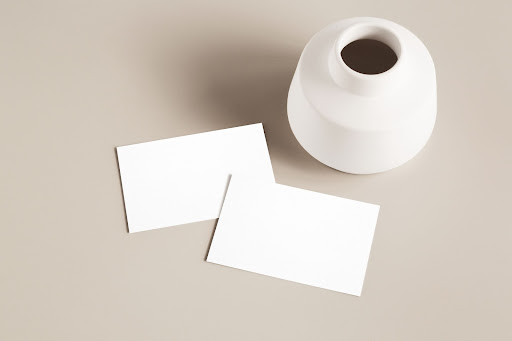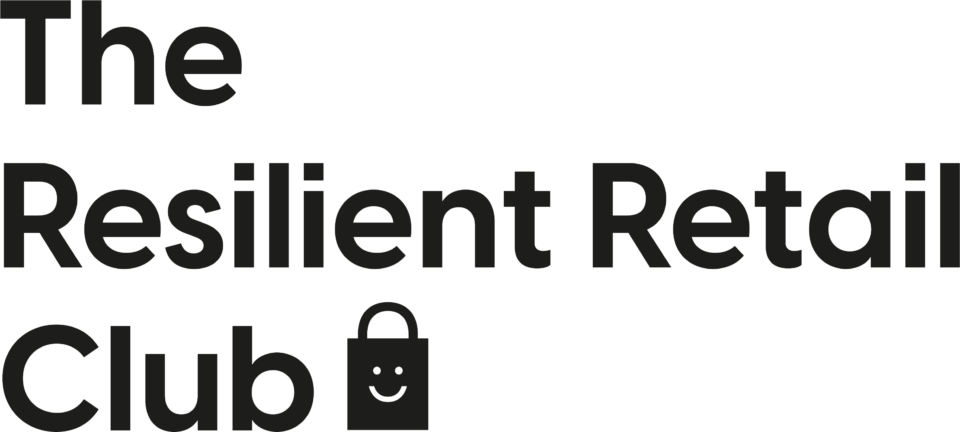Product development is the cornerstone of all businesses selling things, not services. We’ve all got our favourite products or can think of items that redefined the world – be it the Apple iPhone, Tupperware, IKEA’s flat-pack furniture, or the controversial Crocs.
But what sets apart a product that flies off the shelves from those that gather dust?
Product success hinges on understanding consumer needs, innovative design, bold marketing, and impeccable timing. Sometimes, you’ve just got to be in the right place at the right time – it’s lightning in a bottle.
Nonetheless, there are some effective strategies to help guide your product creation. In this article, we’ll share some hard-earned lessons and secrets for creating products that practically sell themselves. From understanding what drives your customers to embracing a test-and-learn mindset, we’ve got you covered!
Let’s get started.
6 Lessons in Product Development
- Unpredictability in Product Sales
- Testing the Waters
- Understanding the Customer
- Keep an Eye on the Competition
- Evoking Desirability
- Harness the Power of Word-of-Mouth
1. Unpredictability in Product Sales
Your first lesson: product sales are unpredictable. Surprisingly, even with decades of experience, accurately predicting a product’s success is a coin toss – it’s 50/50.
Just like any creative will tell you, it’s almost impossible to predict what will be a big hit. JK Rowling famously got refused by numerous prominent publishers before being accepted. Similarly, if you ever watched BBC’s Dragon’s Den, then you’ll know that seasoned, multi-millionaire entrepreneurs routinely back the wrong horse or fail to see the potential in a million-pound idea.
This split between accurate and inaccurate predictions is a common occurrence. Don’t let it stop you. It simply emphasises the need for entrepreneurs to experiment and try new things. Conversely, sometimes, you’ve got to keep evolving your invention until you’ve got a viable, ready-for-market product.
For best results, following people’s needs is a good idea. What’s something that people want but don’t have? What’s a problem that’s yet to be solved? Or what’s a new trend you can capitalise on?
For example:
- Ergonomic furniture for remote workers
- Temperature-regulating bedding
- Modular furniture
- Collapsible kitchen tools
- Eco-friendly food storage
- Smart plant care systems
- Portable water purifiers
- Reusable or recyclable food wraps
2. Testing the Waters
Remember the saying: ‘Don’t dive in the deep end.’ Product development is a gradual, incremental process – the scenes of a person shouting ‘Eureka!’ are pure Hollywood. What they don’t show is the months of work preceding and following the genius idea.
As you evolve your product or get your first prototype ready, test the market before diving in. That could involve building an audience and asking for feedback, giving it a trial run on a small scale, or even paying for consumer testing.
Methods like customer polls on social media or implementing a pre-order system provide valuable insights into customer preferences. Plus, having a solid grounding in consumer research makes acquiring things like bank loans or venture capital investments much easier.
However, don’t mistake interest for an actual sale. Sadly, the ‘customer is always right’ applies only to customer service, not product success. As Henry Ford never actually said: “If I had asked people what they wanted, they would have said faster horses.” Sales are the only metric that matters – and while it’s important to test the waters, sooner or later, you’ve got to risk getting in.
3. Understanding the Customer
Creating products that resonate with your customers demands a solid understanding of their wants, needs, and desires. Usually, businesses do it the opposite way around. However, you’re still in the product development stage –whatever your idea is, you’ve got to work out who will buy it.
Customer interviews are a popular way to uncover their motivations and preferences. That means sitting down and trying to go deeper, beyond the superficial answers. Investing time in understanding your future customers will help inform every step going forward.
After all, businesses that tailor their products to address pain points and evoke desirable emotions go beyond mere functionality. They forge lifetime customer relationships and ironclad brand loyalty.
Here are some questions you could ask:
- What challenges do you face in relation to [product category/industry]? This can help you identify pain points and areas where current solutions might be lacking.
- Can you describe a time when you were extremely satisfied with a product in this category? What made it stand out? This offers insight into what customers value most.
- If you could change one thing about the products you currently use in this area, what would it be? This can help identify areas of improvement.
- How do you currently go about solving [specific problem]? Understanding their current solutions can give a benchmark for your product.
- What factors are most important to you when choosing a product in this category (e.g., price, quality, brand reputation)? This helps in positioning and marketing the product.
- Can you describe any past experiences where a product in this category let you down? What happened? This can shed light on potential pitfalls and areas to avoid.
- Would you be willing to try a new solution if it addressed your concerns or provided added benefits? Why or why not? This gauges openness to change and can also uncover potential barriers to adoption.
4. Keep an Eye on the Competition
Wouldn’t it be wonderful if you could create a new product without worrying that another business would copy or invent the same idea? Alas, we live in the real world.
Staying ahead of your competition means staying informed. Regularly look up competing products – evaluate what they do well and where you can improve. Understand their pricing strategy, see what sells best, and identify what customers love about a particular product.
Doing so delivers critical insights into consumer buying habits and the current configuration of your industry.
Outcompeting other brands doesn’t always mean reinventing the wheel. Working out how to do the same but cheaper or better is enough of a competitive edge to help you win out – but only if they can’t figure the same thing out and copy it.
5. Evoking Desirability
Creating products people need is only half the battle; retail success means evoking a deep sense of desire. iPhones aren’t successful simply because they’re useful – that’s not what gets people queuing up days in advance. They desire the latest iteration.
Desire is a hard thing to invoke. But no one ever got there by copying other people’s designs. Originality is key. Your product development should stand out from the others.
Kitchenware brand Joseph Joseph achieves this through bold colours, quirky designs, and instantly recognisable shapes. As a result, they become a status symbol – just like a Smeg fridge or a VW Camper Van.
Look to different sources for inspiration – Pinterest boards or industry experts such as Joanne Griffin at The Creative Flow Collective can help spark ideas. Try to infuse your product development process with freshness; be unique; make your product development irresistible.

6. Harness the Power of Word-of-Mouth
There’s no marketing strategy more powerful than word-of-mouth. It’s toppled business empires and lifted entrepreneurs up from nothing.
Another term for word-of-mouth is buzz (or, if you’re below 35, hype). Satisfied, loyal customers won’t keep quiet about your product development. Back to Apple again – there’s the old joke about how you know if someone has an iPhone: they tell you.
But that’s the thing – someone at Apple made that happen. You can, too! Creating customer happiness and prioritising product development excellence can result in a device, object, or item that’s so pleasurable to use that you’ve just got to tell someone about it.
It’s a universal experience.
Word-of-mouth also builds on a common but underemphasised part of selling: trust. We only buy what we trust. That could be because of reviews or testimonials (aka social proof) or because someone we know recommended it. “If they said it’s good, it must be,” the logic goes.
Establishing a loyal, evangelical customer base can be the tide that carries your brand to product success.
Closing Thoughts
Intuition, market research, and customer understanding are the secret ingredients to creating and selling successful products! As part of your product development process, you’ll need to embrace a test-and-learn philosophy, delve into customer motivations, and stay informed about your competition.
The old adage rings true: it’s not just about selling a product; it’s about selling an experience, a solution. So, as you embark on your next product development journey, put your customers at the heart of your creation. Their feedback, loyalty, and word-of-mouth can be the pivotal force that turns a good product into a great one.
Remember, in the words of Maya Angelou: “People will never forget how you made them feel.”
Just getting started? Want help shaping your product? Join the Club – founded by Catherine Erdly, The Resilient Retail Club is a membership organisation offering essential training, advice, and support to budding entrepreneurs.












